Lonely Princesses of the Lost Palace: Saiku
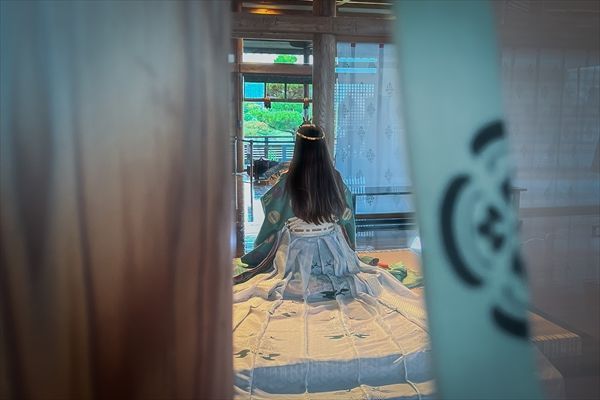
Up until my visit, I had actually never heard of Meiwa Town. Sandwiched right in between two well-known cities of great economical and historical importance – Matsusaka and Ise – this little town has somehow completely escaped mainstream tourists’ radar, remaining hidden to most.
Written by Cheeserland(https://cheeserland.com/)
What is more intriguingly mysterious about Meiwa Town though, is the elusive legend/story, which has been passed down for generations, that once upon a time, many imperial princesses actually lived an isolated existence in a palace right on the land here at Meiwa. What did they do here? They prayed.
It all began back in the time of Japanese mythology. In ancient times, the princess of the 11th Emperor, Yamatohime-no-Mikoto of the Yamato Province (now Nara Prefecture), was on a mission in search for a new place of enshrinement for Amaterasu, the Sun Goddess. After years of seeking, she finally settled on Ise, where subsequently the most symbolic and venerable shrine of Shintoism – Ise Jingu – would be erected.
From then on, each time a new emperor was enthroned, an unmarried young princess from the imperial family would be chosen based on fortune telling to serve as a kind of ritual prayer-offerer to Amaterasu, in place of the emperor, for the country’s peace and prosperity. After three years of purification and abstinence at the imperial court, she would then begin her six-day journey, leaving the capital of Kyoto with her entourage for the newly build palace in the land of Ise.
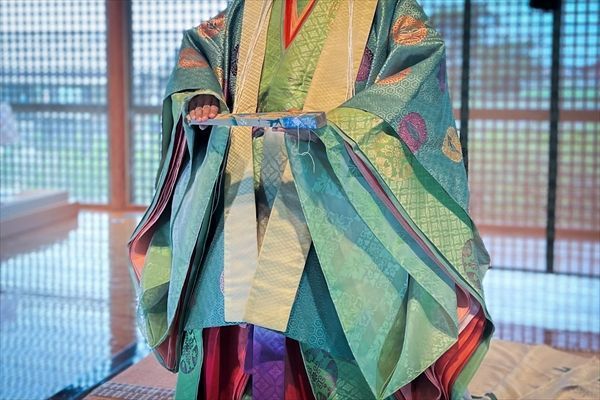
These princesses are called Saio (斎王). The palace where they then lived an isolated life is called Saiku (斎宮).
After the Saio system had been established around 670, it is said that some 60 princesses lived in Saiku, while the system lasted about 660 years. However, in the 14th century, due to political upheavals, the system was abandoned and the existence of Saio became a “phantom” and Saiku became a “lost palace” buried in history….
It was not until the 1970s that excavations revealed royal earthenware and artifacts of great value, which confirmed the existence of Saiku, and that the location of Saiku was Meiwa Town.

I made my way to Meiwa Town, marveled at how this humble little countryside hamlet was once the home to an opulent palace where generations of imperial princesses, dedicating their lives in service to the divine, resided.
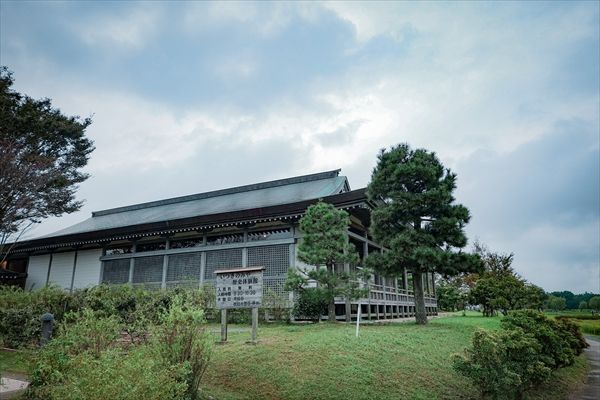
Once you get off at Saiku Station on the Kintetsu Line, Itsukinomiya Hall for Historical Experience, a nearby facility, awaits you. This hall built in the style called shinden-zukuri is modeled after the residences of the nobles in the Heian period (the 8th-12th century), built with cedar and cypress wood from Mie Prefecture, using no nails.
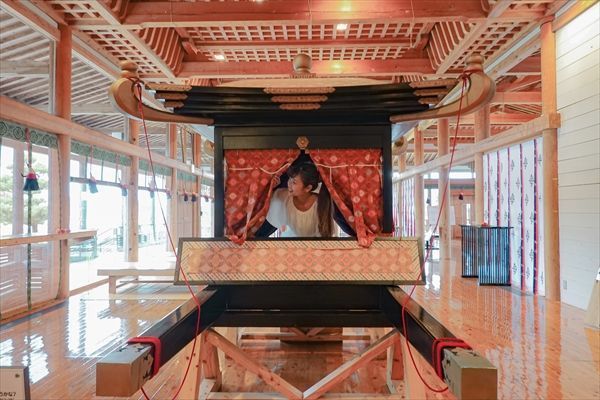
Upon entering, I was greeted by a replica of an ancient, elegant palanquin called sokaren, in which the Saio spent days sitting inside on her voyage to Saiku.
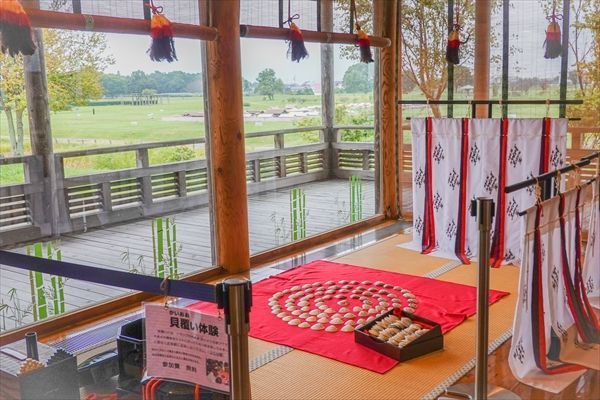
I felt so privileged to be allowed a generous glimpse into the past to get a sense of the aristocrat lifestyles of the Saio, together with her hundreds of servants and administrative officials in the Heian period, through many types of interactive exhibitions.
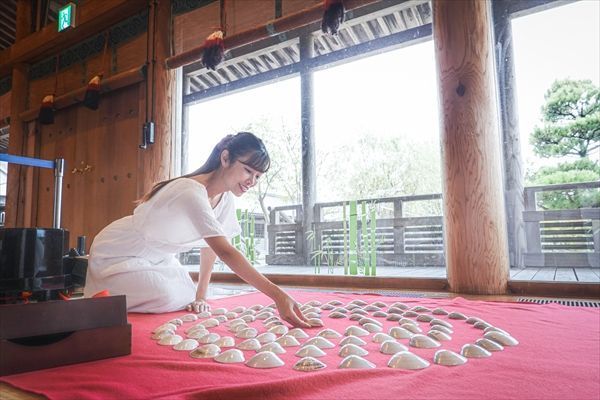
You can experience first-hand the pleasures of Saio with their favorite pastimes such as kaioi – a game where you match two perfectly separated shells together. Apparently, they also enjoyed ancient scents and writing waka poems.
The highlight of the visit to Itsukinomiya Hall is to dress up in a junihitoe – the attire used for ceremonies in the Heian period that consists of multi-layered kimono. The last time I witnessed a costume of such royal elegance was back in 2019 during the current emperor’s enthronement, where Princesses Mako and Kako – modern imperial princesses in real life – wore their junihitoe looking jaw-droppingly regal and dramatic.
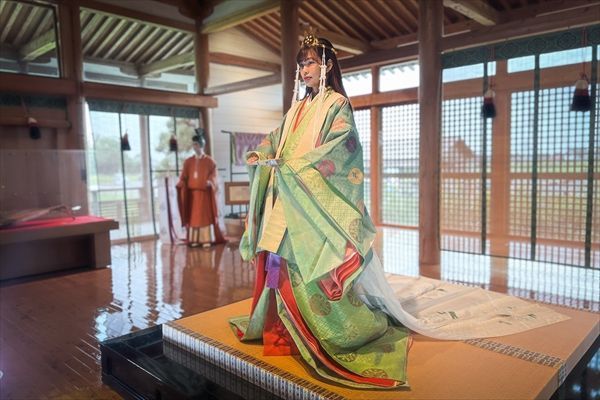
Changed into hakui, a kimono underwear, and hakama, a skirt-like pants that are worn over a kimono, I let the skilled staff work their magic putting 10 layers of kimono on me. The ensemble seems to weigh as much as 10 kg, and you definitely need help to even just inch forward, which, I guess, feels like a genuine princess experience as everyone rushes over to offer you sincere assistance. How exciting it is to be able to get a taste of that nobility, even just for a fleeting Cinderella moment!
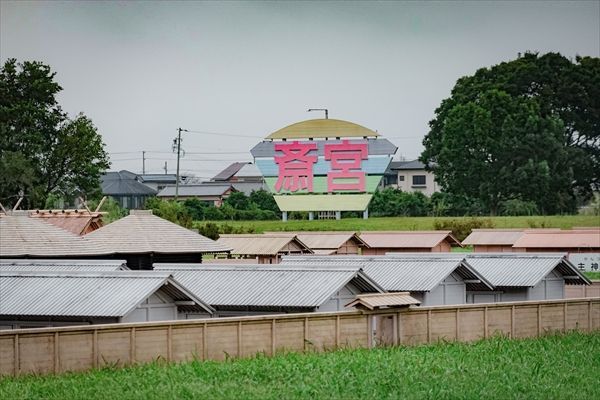
Located next to Itsukinomiya Hall is an outdoor exhibition called Saiku-ato Site, where the compound of Saiku has been reproduced on a 1:10 scale, featuring an astonishing variety of buildings of different departments and roles exclusively established to support the Saio and her new life at Saiku.
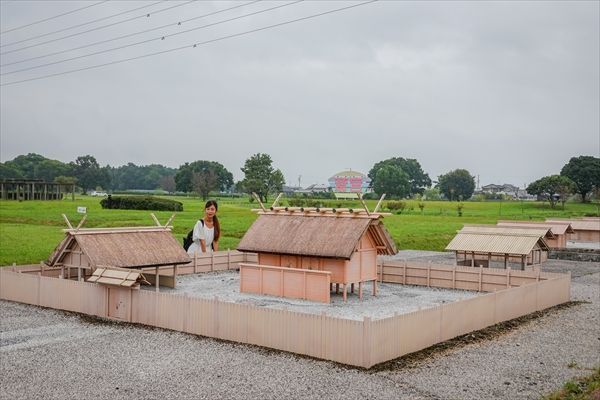
This site offers visitors a bird’s eye view of the palace to imagine its grandeur back in its heyday.
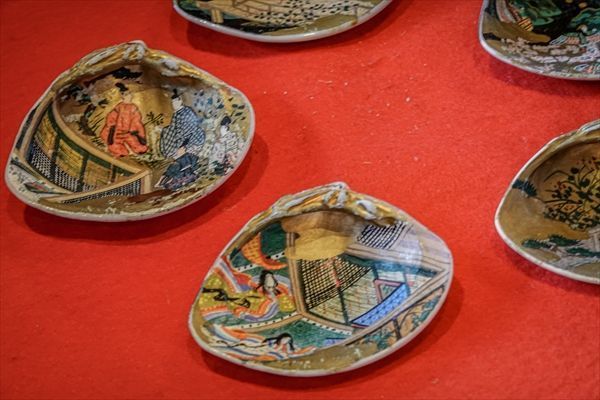
My trip to Meiwa Town has been extremely enriching, for this is one of the most precious hidden gems I have unearthed from Mie Prefecture. It was hard for me to believe how such an impressive discovery is not more widely known in the country. Thanks to the local people who have been passing authentic stories down from generation to generation, though, these lost ancient tales can once again come to life.
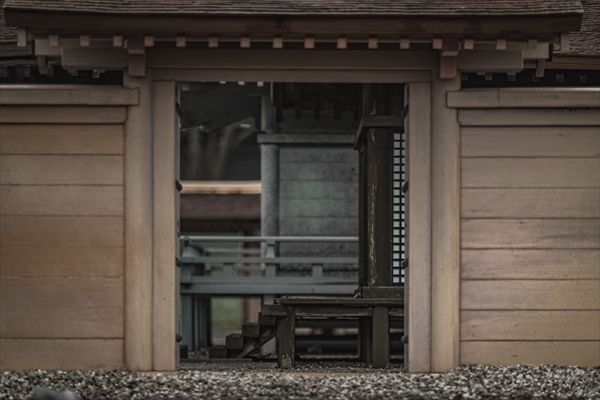
On my way back to Tokyo looking out the train window pensively, a sense of melancholy stirred my heart. I couldn't help but wonder how ambivalent the princesses must have felt being the chosen one. As far as I could imagine, the Saio must have felt the forlornness of spending the rest of their lives away from family and forbidden from earthly romance... But at the same time, they must have been honored and proud to undertake such a divine role, dedicating their entire existence to serve the deities.